September 15 to October 15 is Hispanic Heritage Month in the U.S. While the name might be the focus of some debate, we welcome the reminder to explore and celebrate the vibrant cultures of Mexico, Central and South America, and the Hispanic Caribbean. The Artstor Digital Library offers many collections that specialize in or are substantially devoted to Latin American topics; here is a selection to get you started.
Art
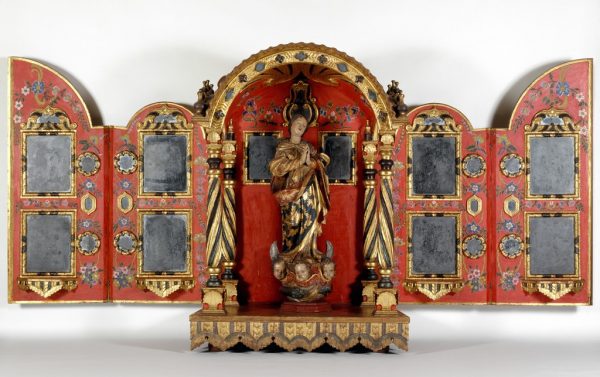
Tabernacle. Mexico, second half of the 18th century. Image and original data provided Colección Patricia Phelps de Cisneros.
Not surprisingly, Artstor is strong in collections concentrating on the arts of Latin America, such as Jacqueline Barnitz: Modern Latin American Art (University of Texas at Austin) (Artstor | JSTOR) which features modern art from Mexico and ten other Caribbean, Central, and South American countries; and Colección Patricia Phelps de Cisneros (Artstor), including colonial, modern, and contemporary Latin American art.
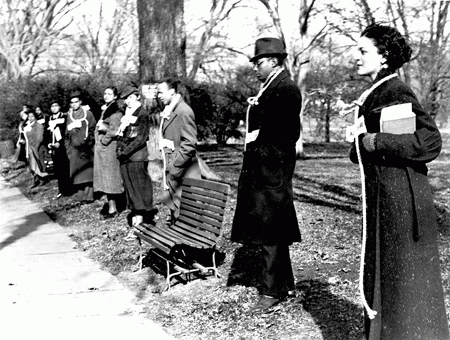

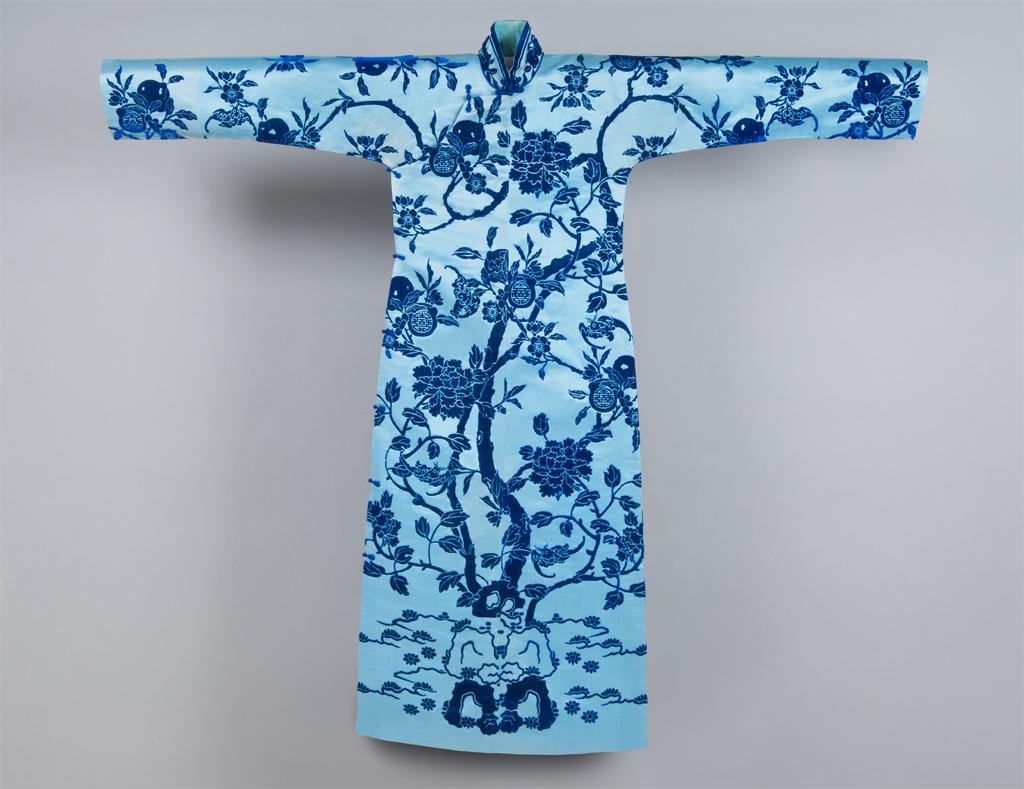
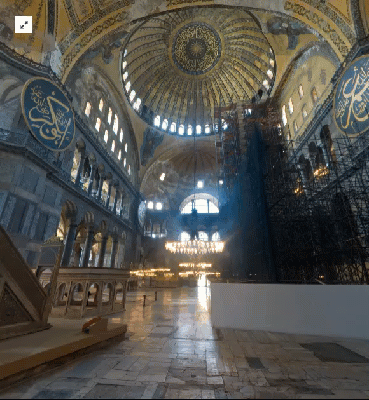
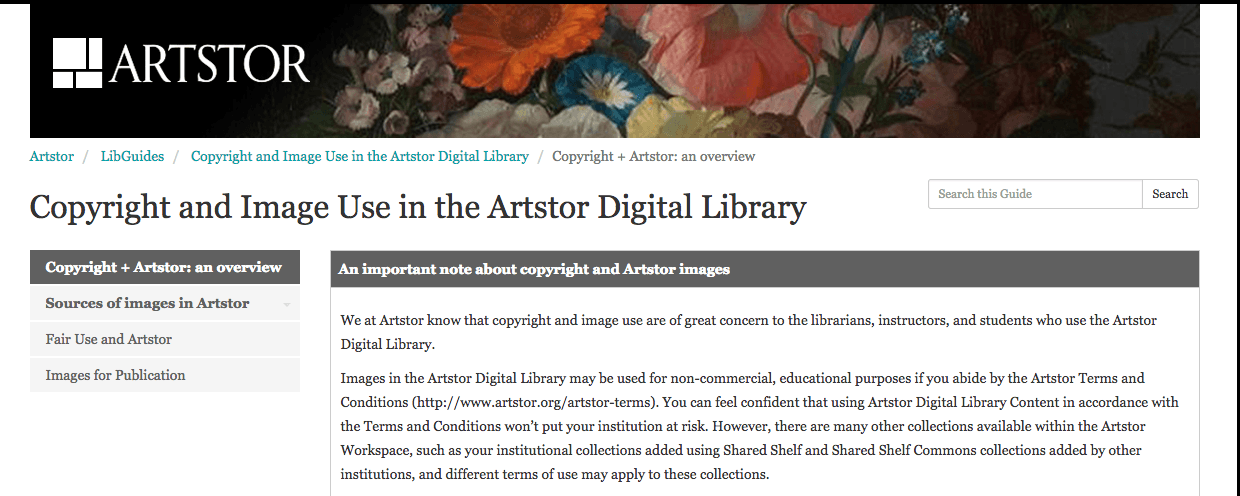
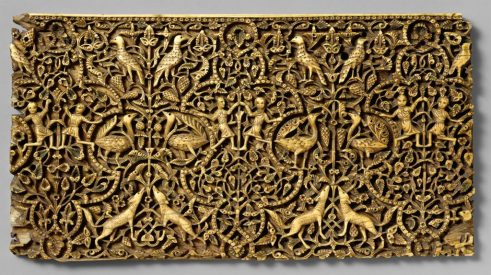

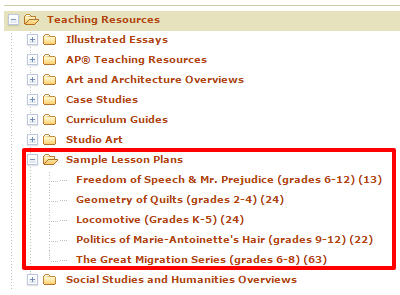 Hearing the call from Artstor teachers for sample lesson plans, we revisited some favorite lessons from our teaching days and borrowed from
Hearing the call from Artstor teachers for sample lesson plans, we revisited some favorite lessons from our teaching days and borrowed from